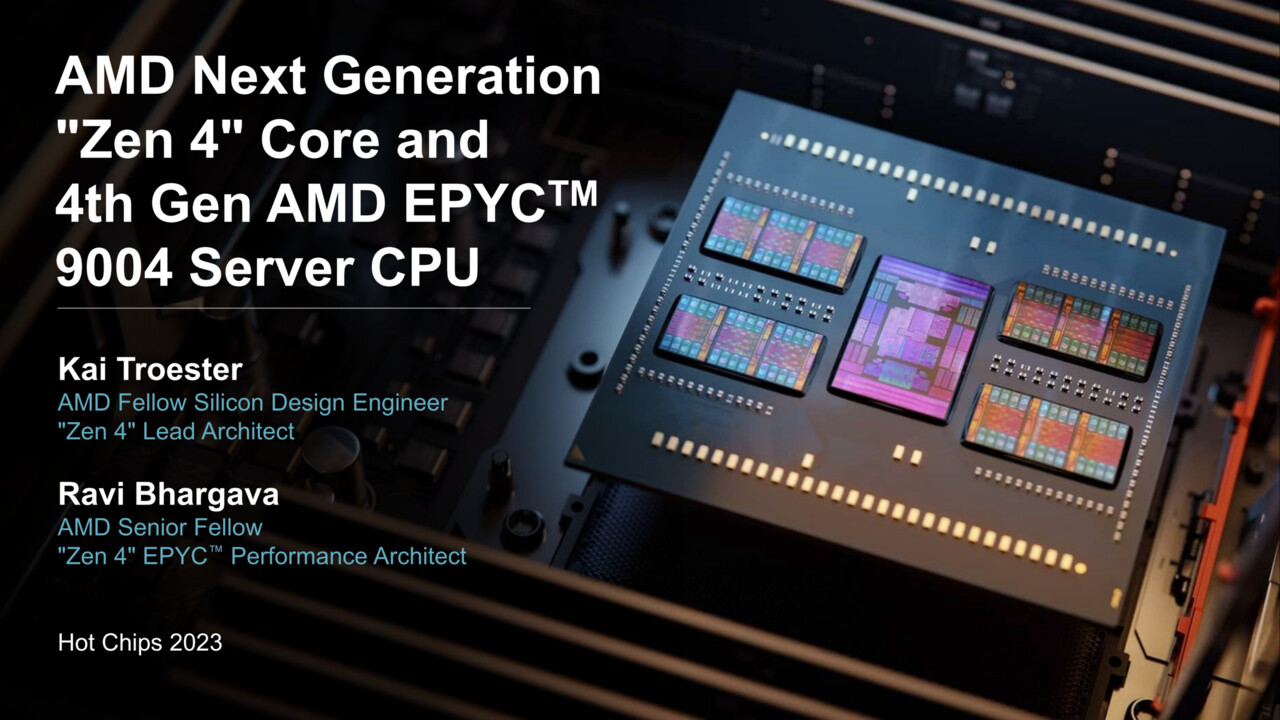igor_kavinski
Lifer
- Jul 27, 2020
- 28,109
- 19,175
- 146
I'm still not sure if Alder Lake was always supposed to launch with E-cores. They just seem hurriedly tacked on and the post-launch disabling of AVX-512 points to that possibility.By creating the c cores AMD has validated Intel's hybrid approach.
Also, Intel having to create a special Thread Director whereas AMD hasn't revealed anything of the sort in their design seems really odd to me. Like what was wrong with Intel's design that they needed a special Thread Director?






